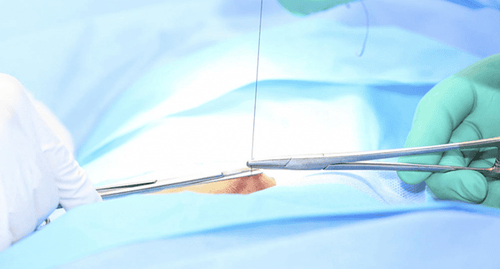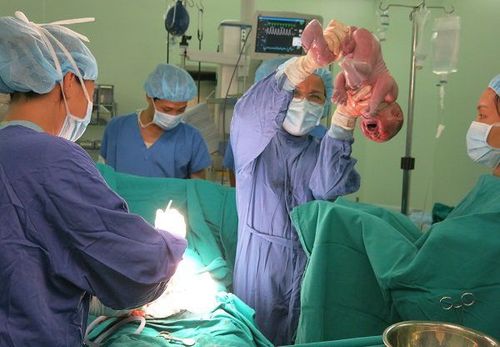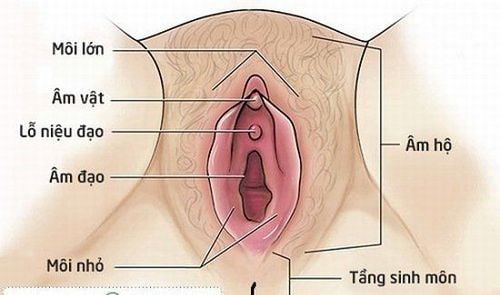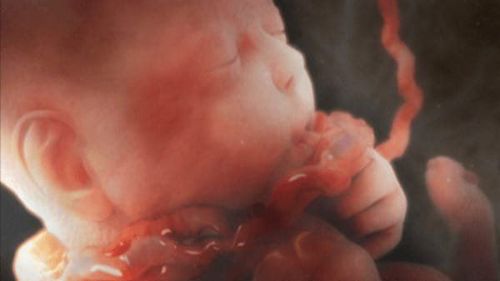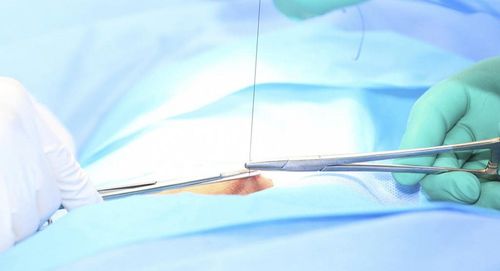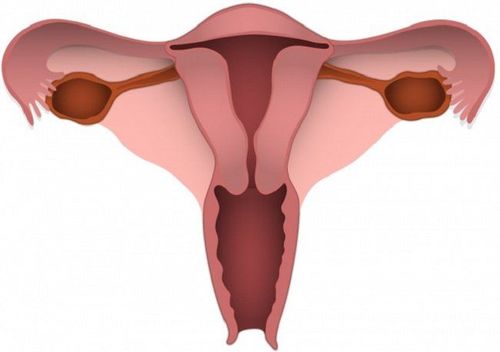This is an automatically translated article.
The article is professionally consulted by Specialist Doctor I - Obstetrics and Gynecology - Department of Obstetrics and Gynecology - Vinmec Hai Phong International General HospitalVaginal tearing is a common obstetric situation during labor and vaginal delivery, especially in women giving birth for the first time. This tear stretches the vagina, making it easier for the baby to pass through the vagina.
1. What is a vaginal tear?
Vaginal tear is a condition that occurs after a woman gives birth naturally or thanks to supportive procedures such as forceps, suction cups... Vaginal tears are often accompanied by perineal tears. Other factors that also cause vaginal tearing include:
Pregnant women are overweight; Rapid labor; prolonged labor; The breech pregnancy with the head facing up puts a lot of pressure on the mother; Women giving birth for the first time should not have time to adapt and stretch enough vaginal muscle tissue.
2. Classification of vaginal tear
Depending on the extent of damage, vaginal tear is divided into 3 types:
Low level vaginal tear: this is a tear in the lower third of the vagina, often accompanied by tearing of the vulva and perineum (area of the vagina). between vagina and rectum). Vaginal tear in the middle: this is a less common case, causing severe damage and bleeding more, but if it is not obvious, it is difficult to detect. High Vaginal Tear: This is a tear in the upper third of the vagina, this is a rare case of vaginal tear that is often accompanied by tearing of the same clothes. Vaginal tear, if not detected and treated promptly, can lead to acute blood loss, shock and sometimes death for the mother. At any rate, vaginal tearing causes the patient to feel very painful, even making it difficult to sit up straight. In the case of a woman with only a slight vaginal tear, the uncomfortable symptoms will last for 1-2 weeks. During this time, actions that put pressure on the lower body such as going to the toilet, coughing or sneezing... also cause pain for pregnant women. By the second week, the vaginal tear will gradually heal and the sutures will dissolve, but muscle and nerve strength still need a few more weeks to fully recover.
When a woman has a more severe vaginal tear, the recovery process also takes longer. Pregnant women will experience pain and discomfort that can last from a few weeks to a few months. If the vaginal tear is too severe, there is also the risk of pelvic dysfunction, uterine prolapse and problems related to excretion and sexual activity.
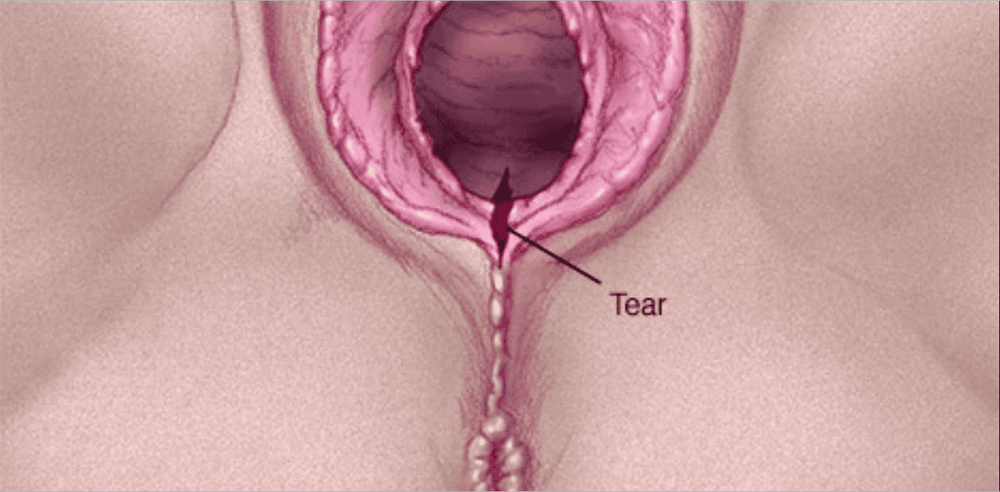
3. Technique of suturing to restore vaginal tear
The procedure for suturing and recovering from a vaginal tear caused by an episiotomy during a vaginal birth or with an assistive device is as follows:
The assistant holds the valve that exposes the vagina while the obstetrician or midwife experienced in vaginal, perineal and urinary catheterization; Local anesthesia with Lidocaine 2% 2 ml + 3 ml of distilled water to relieve pain, but if the woman has received an epidural to relieve pain during and after childbirth, no additional dose increase is required; Sew up the vaginal tear from top to bottom; If the vaginal tear is shallow, suture a layer of sutures with vicryl or other self-dissolving sutures; if the tear is deep and complicated, it must be sutured in many layers, the stitches are separated by self-dissolving thread; After stitching, it is necessary to disinfect the vagina; Check for sutures to the rectum by inserting a finger into the anus, if so, sutures need to be removed and sutured; The final step is to disinfect the anus. It should be noted that during the repair of vaginal tear, the upper layer must overlap the lower layer to avoid hematoma. Suture of the lower layer requires a close fit over the base of the lesion, which not only helps to prevent hematoma but also avoids suturing to the rectum.
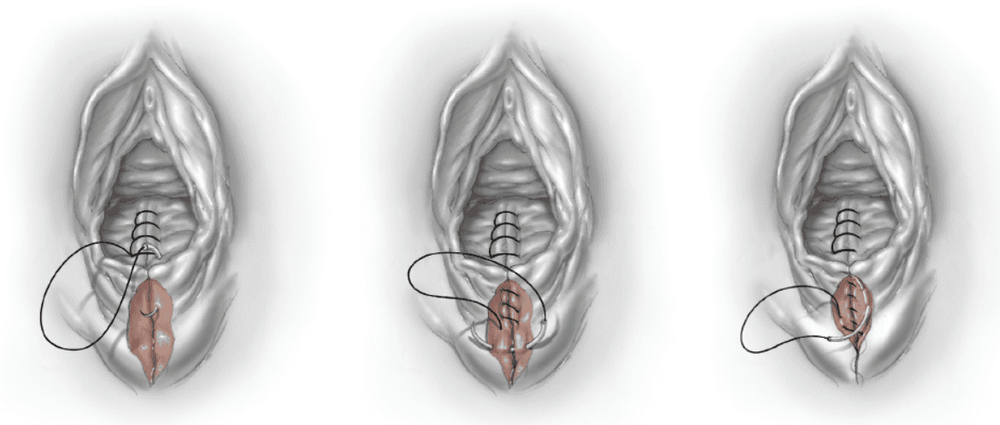
4. Monitoring and dealing with complications after vaginal tear repair
Monitor the whole status: pulse, blood pressure, breathing rate, temperature. Monitor the degree of vaginal bleeding: if bleeding, it must be checked and sutured promptly. Monitor signs of hematoma: there is a hematoma, pregnant women often have a feeling of tightness in the vagina, a feeling of pressure in the anorectal area and a feeling of straining. Check the vagina again and cut the thread to remove all the hematoma, sew up the bottom, sew the stitches apart to avoid creating a gap. Monitor blood loss and red blood cell and hemoglobin tests when blood transfusion is necessary. Administer antibiotics for 5 days after suturing the vaginal tear. With a good condition, a normal mother's condition after giving birth, the vaginal tear will heal completely in about 2-3 weeks, normal feeling will be restored. About 10 days after giving birth, the vulva may have vaginal discharge, this is a normal physiological process, it will go away in a few days. If the pain persists, it could be caused by an infection or because the suture is too tight, you should see a gynecologist to have the vaginal tear checked again.
Please dial HOTLINE for more information or register for an appointment HERE. Download MyVinmec app to make appointments faster and to manage your bookings easily.





